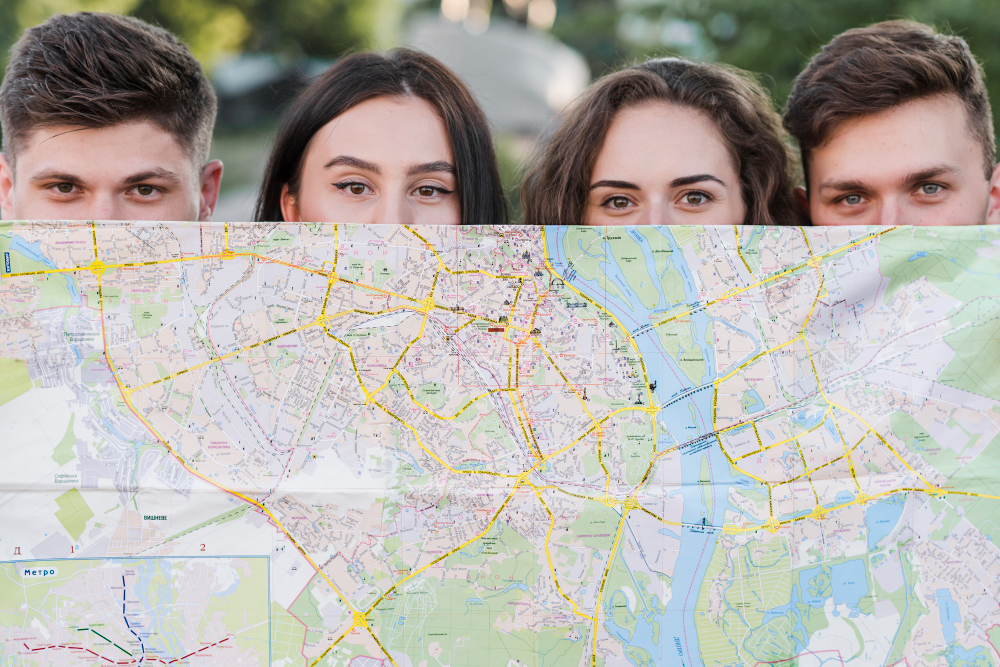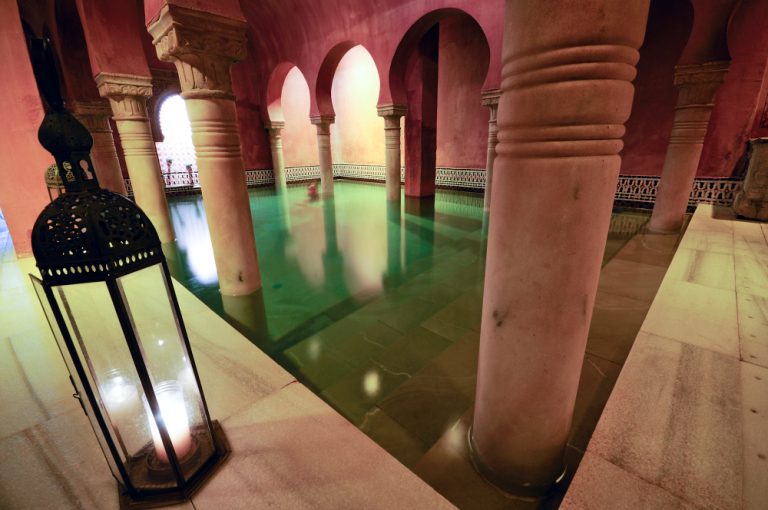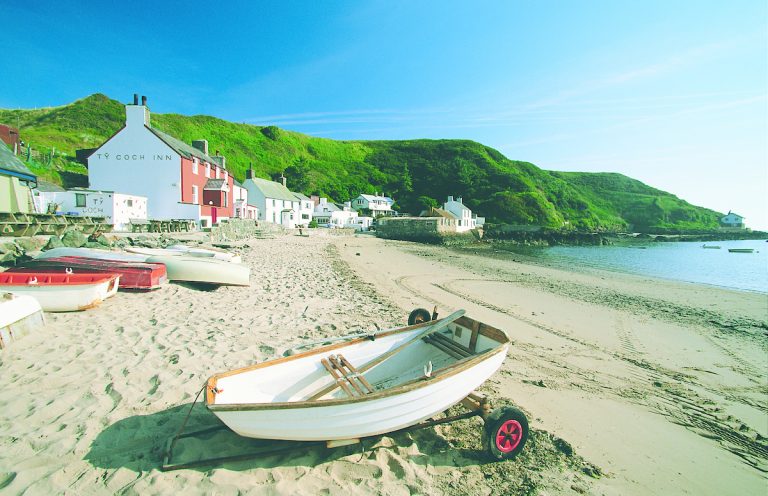Traveling the world is a dream for many, Busiest Time but timing your trip correctly can make or break your experience—especially when visiting cities that are known to swell with crowds during peak seasons. Whether it’s due to local festivals, weather patterns, or tourist surges, some cities demand strategic planning.
1. Kyoto, Japan – Cherry Blossom or Crowd Crush?
Best Time to Visit: Late October to November (Autumn) or early December for light crowds.
Avoid: Late March to mid-April (Sakura season)
Busiest Time Kyoto’s cherry blossom season is legendary, but so are the crowds. Locals and tourists flock to parks and temples, making it difficult to appreciate the city’s serenity. Train stations are packed, accommodation prices double, and popular spots like Kiyomizu-dera become chaotic.
Pro Tip: Visit in autumn instead. The fall foliage is equally stunning, with fewer crowds and more hotel availability. Plus, the cooler weather is perfect for temple hopping.
2. Barcelona, Spain – Gaudí vs. the Summer Stampede
Best Time to Visit: April–May or mid-September to October
Avoid: June to August
Barcelona in summer transforms into a hotspot of cruise ship passengers and European vacationers. Attractions like the Sagrada Família and Park Güell can be booked solid or overwhelmed by long queues.
Pro Tip: Busiest Time Travel in shoulder season. Spring and fall offer pleasant weather, fewer crowds, and more manageable prices. You’ll still get to enjoy the beaches, architecture, and tapas with room to breathe.
3. New York City, USA – Holiday Magic or Mayhem?
Best Time to Visit: Mid-January to March or September
Avoid: Thanksgiving to New Year’s Eve
New York City during the holiday season is magical—with its twinkling lights and festive displays—but also extremely crowded. Hotel rates soar, Times Square overflows, and ice-skating lines stretch around the block.
Pro Tip: Visit in late winter or early fall. Central Park is gorgeous in autumn, and attractions are less crowded after the holiday rush ends.
4. Rome, Italy – Eternal City or Eternal Queue?
Best Time to Visit: Late October to early December or February to March
Avoid: May to early September
From the Colosseum to the Vatican, Rome is swamped with tourists during summer. Temperatures can be stifling, and long waits in the sun become unbearable.
Pro Tip: Plan for a winter or early spring visit. Not only will you avoid the worst crowds, but you’ll also enjoy lower accommodation rates and more time with the art and ruins.
5. Bangkok, Thailand – Festival Frenzy or Urban Calm?
Best Time to Visit: November to February
Avoid: Songkran Festival (mid-April) and Chinese New Year
Bangkok is known for its vibrant energy year-round, but during Songkran (Thai New Year) and Chinese New Year, the city becomes a frenzy of street parties, water fights, and full hotels.
Pro Tip: Travel during the cool season between November and February when humidity is low and sightseeing is more comfortable. You’ll also avoid the chaos of holiday events.
6. Paris, France – City of Lights or City of Lines?
Best Time to Visit: October to mid-November or March
Avoid: Mid-June to August and December holidays
Paris becomes unbearably crowded in the summer and during Christmas markets. The Eiffel Tower and Louvre are packed, prices spike, and lines are long—taking away from the romance.
Pro Tip: Opt for a shoulder-season trip. Spring and autumn bring pleasant temperatures and a more relaxed vibe. Stroll through Montmartre or enjoy a quiet Seine cruise without elbowing for space.
7. Istanbul, Turkey – Where East Meets West, and Crowds
Best Time to Visit: April to May or September to mid-October
Avoid: June to August and major religious holidays like Eid
During the summer, Istanbul is sweltering and overrun by tourists. Popular attractions like Hagia Sophia and the Grand Bazaar become difficult to navigate.
Pro Tip: Spring and early autumn offer milder weather and smaller crowds. You’ll get to experience the cultural blend of Europe and Asia without the traffic jams and tourist traps.
8. Sydney, Australia – Sunny Beaches or Summer Gridlock?
Best Time to Visit: March to May or September to November
Avoid: December to February (Australian summer and holidays)
Summer in Sydney coincides with school vacations, New Year’s celebrations, and packed Bondi beaches. Hotel prices shoot up, and tourist areas like Circular Quay and Darling Harbour overflow.
Pro Tip: Visit in the shoulder seasons for mild weather and more personal space. You’ll still get sun without the sweaty crowds.
9. Dubai, UAE – Desert Heat or Desert Bliss?
Best Time to Visit: November to March
Avoid: June to September (extreme heat)
Dubai dazzles with architecture, shopping, and luxury—but timing is crucial. Summer temperatures reach 45°C (113°F), making outdoor activities unbearable. The city also gets very crowded during Dubai Shopping Festival (January–February).
Pro Tip: November and early December offer ideal weather, fewer crowds, and great deals before peak shopping events start. You can enjoy desert safaris and beach clubs without burning out—literally.
Conclusion: Time It Right, Travel It Better
Some cities are worth visiting no matter the season, but if you’re not careful, the timing can turn a dream trip into a stressful ordeal. By planning strategically around local festivals, climate conditions, and high-traffic periods, you can avoid inflated prices, overwhelming crowds, and long lines.
Remember: it’s not just about where you go, but also when you go. These nine cities are unforgettable in their own right—but with smart timing, your experience will be smoother, richer, and far more memorable.
FAQs
1. Why does timing matter so much in certain cities?
Timing impacts crowd levels, pricing, weather, and access to popular attractions. Peak seasons often bring higher costs, longer wait times, and less availability.
2. Is traveling during off-season always cheaper?
Generally, yes. Airfares, hotels, and even entry tickets can be significantly more affordable during shoulder or off-seasons, especially in cities like Rome, Paris, and New York.
3. What tools can help me plan the best time to visit a city?
Use resources like:
Google Travel trends
Climate websites (e.g., WeatherSpark)
Tourism board calendars
Event calendars for local festivals and holidays
4. What is a “shoulder season”?
A shoulder season is the period between peak and off-peak travel seasons. For example, spring and autumn often serve as shoulder seasons in many cities and offer good weather, fewer crowds, and reasonable prices.
5. Can I still enjoy festivals in busy cities if I plan ahead?
Yes, with advanced booking and careful planning, you can enjoy festivals like Songkran in Bangkok or Christmas in New York. Just be prepared for higher costs and limited availability.
Also read : Forte dei Marmi: 11 Celebrity Hotspots You Need to Visit




Leave a Comment